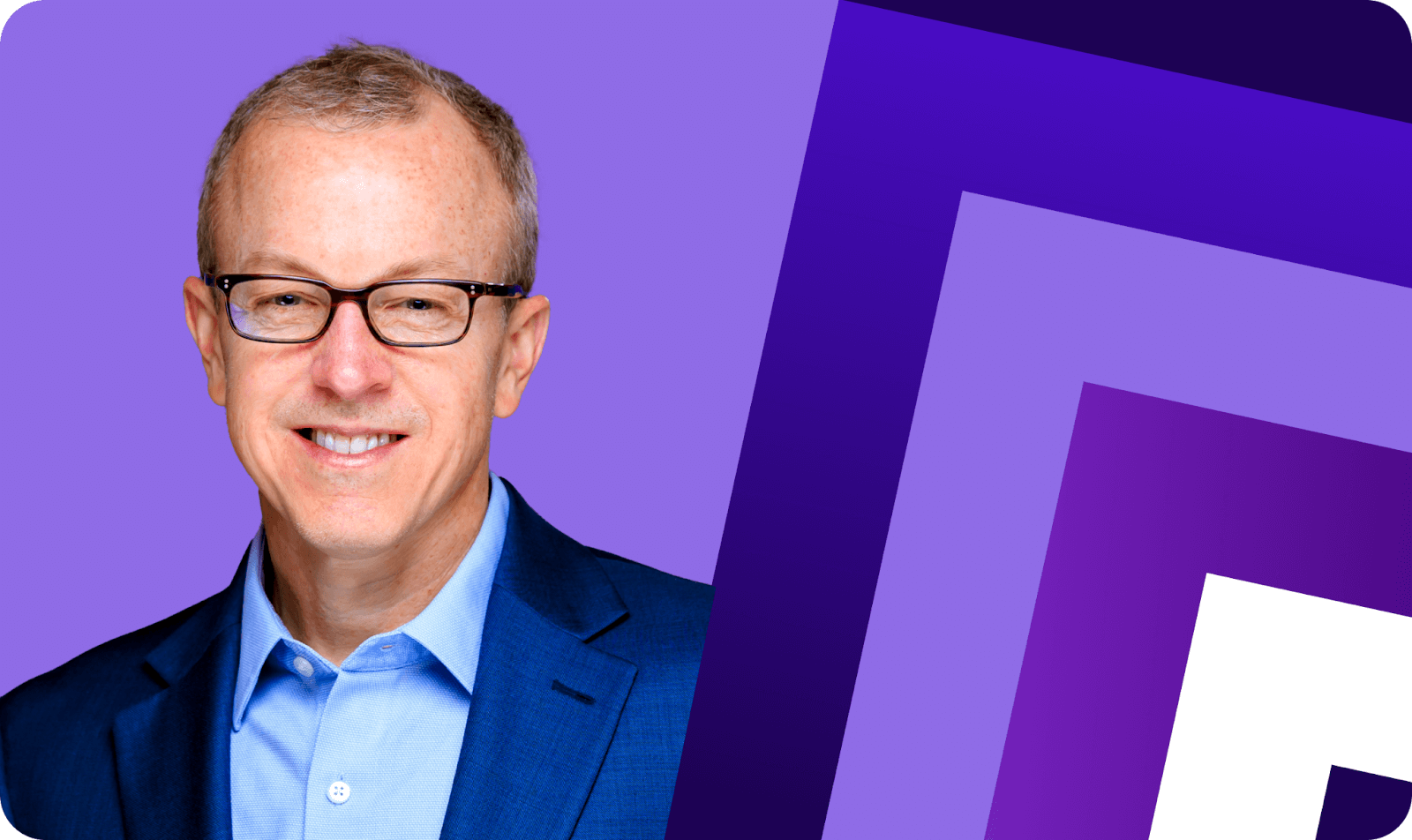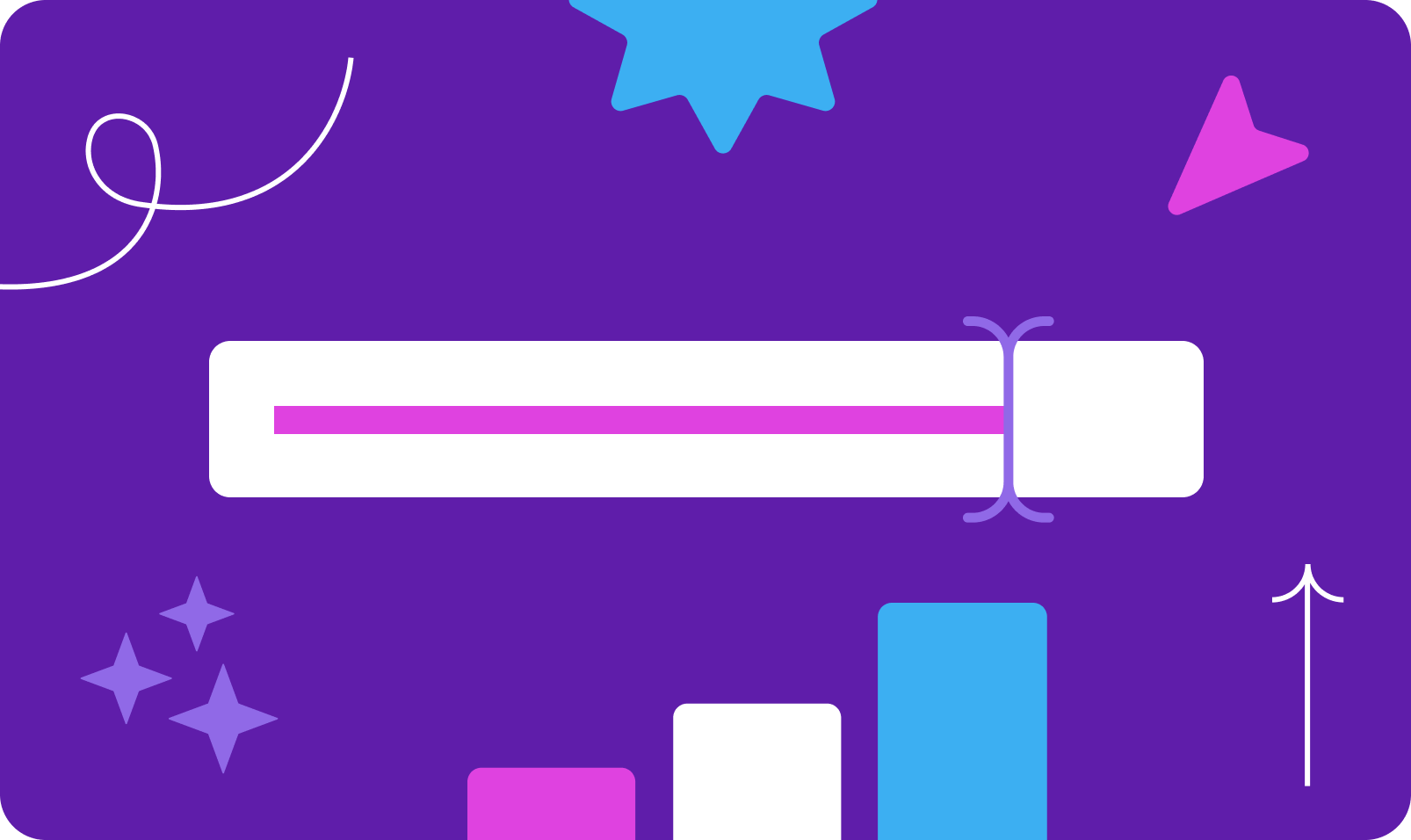Using AI to standardize best practices across RevOps

Craig Hanson
Sr. Director, AI Market Strategy
Published on: July 17, 2025

The goal of every revenue team is to identify and scale what’s working across the entire organization.
Every leader will agree they have some teams and people that are top performers, but not all are. They have some sales processes that are executed perfectly with best practices, but many aren’t. It’s hard to understand exactly what is working and replicate it at scale across all teams and deals, consistently.
Fortunately, AI has changed that. Companies can now identify, analyze, and scale best practices. To understand exactly how, it’s best to look first at what goes wrong without AI.
Why best practices fail to scale
Every high-performing sales organization has proven approaches, conversation frameworks, and key sales process techniques that drive results. The challenge isn’t knowing that best practices exist, it’s understanding exactly what they are and ensuring every team member can execute them consistently.
This standardization challenge separates good revenue teams from great ones.
Without it, organizations rely on individual talent rather than repeatable systems, creating unpredictable growth that’s hard to scale. Even when managers identify winning patterns, translating those insights into actionable guidance for the entire team has traditionally been a manual, time-intensive process that often falls short.
Traditionally, managers would look at close rates, manually review sales calls for hours, review endless CRM fields that aren’t that insightful, and try to determine the behaviors and messaging that drives those top results. Sales, RevOps, Enablement, and other leaders would then try to manually figure out some common reasons and patterns for success — but this is subjective, often based on a few random examples and not data driven.
Oftentimes, companies can only track activities. This is the quantitative side, like how many calls were made or how many emails were sent. But they don’t have a good way, at scale, to measure the qualitative differences: Were key talk tracks hit? What landed with the customer and what didn’t? Without revenue intelligence, leaders can only try to manually piece some commonalities together to make a playbook of what makes for a good process, and then train the team on it.
It’s hard to make that replication of best practices effective, though.
Leaders don’t really have a way of knowing if people are adopting the key behaviors, best sales steps, and narratives. They also don’t have a way to know which parts actually work and which don’t. The process of trying to track this, figure out what’s working, and coach the team accordingly is all manual, inconsistent, and doesn’t scale.
Build AI insights directly into workflows
AI fundamentally changes the game by analyzing every customer interaction at scale, automatically identifying the specific conversation patterns, messaging approaches, and behaviors that correlate with successful outcomes.
An important note, though: In order for AI to actually be effective at determining this level of insight, its level of understanding needs to be much deeper than just tracking keywords or exact phrase matches. That only gives you weak signals, telling you nothing about whether a word came up as part of an effective sales narrative, or a customer question or a risk that arose. You have to go manually listen to the calls to get that. You need a revenue AI platform optimized for concept-level understanding. That way, you can know if and how complex concepts come up, like sales key behaviors or buyer objections, and you can understand what’s working and not, automatically.
Instead of relying on manual call reviews and subjective assessments, revenue AI platforms like Gong process thousands of sales conversations simultaneously, along with thousands of data signals from the sales process and what’s working, detecting subtle patterns impossible for humans to identify manually.
Consider a top performer who consistently closes deals 40% faster than the team average. AI can automatically identify that their success comes from specific behaviors: addressing budget concerns with ROI calculations, using customer references for validation at the right moment, and following up on objections with proven strategies.
Then, RevOps and other teams can build AI signals into the team’s core workflows (e.g. executing deals, coaching, prospecting, forecasting), track what’s working, and scale best practices across the entire organization.
The strategic advantage of standardized best practices
Standardizing best practices with AI isn’t just operational efficiency, it’s a fundamental strategic advantage.
When companies implement a revenue AI platform into their organization, they’re deploying technology that sharpens itself and becomes better over time as more people use it. The result is predictable, scalable revenue growth driven by systematic excellence rather than relying on individual talent alone.
In an environment where every deal matters and margins for error continue to shrink, the organizations that can systematically identify, refine, and scale their winning approaches will be the ones that not only survive but thrive.

Sr. Director, AI Market Strategy
Craig Hanson is an AI strategy and growth leader with deep experience in go-to-market, corporate development, and venture capital.
At Gong, he has helped shape the company’s AI platform strategy, drive international expansion, and guide transformative customer growth.
Craig is also a former VC investor with a proven track record in scaling technology startups.
Discover more from Gong
Check out the latest product information, executive insights, and selling tips and tricks, all on the Gong blog.



